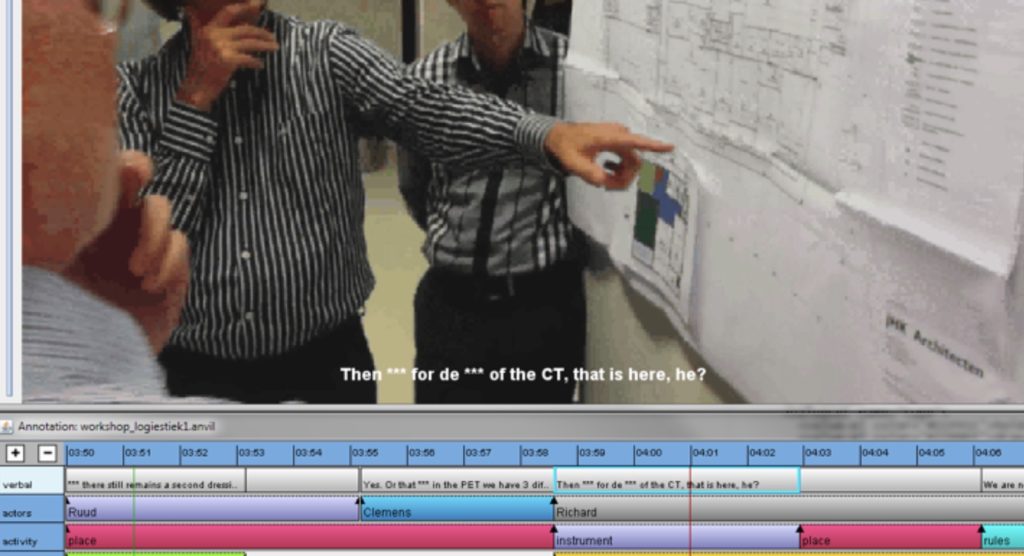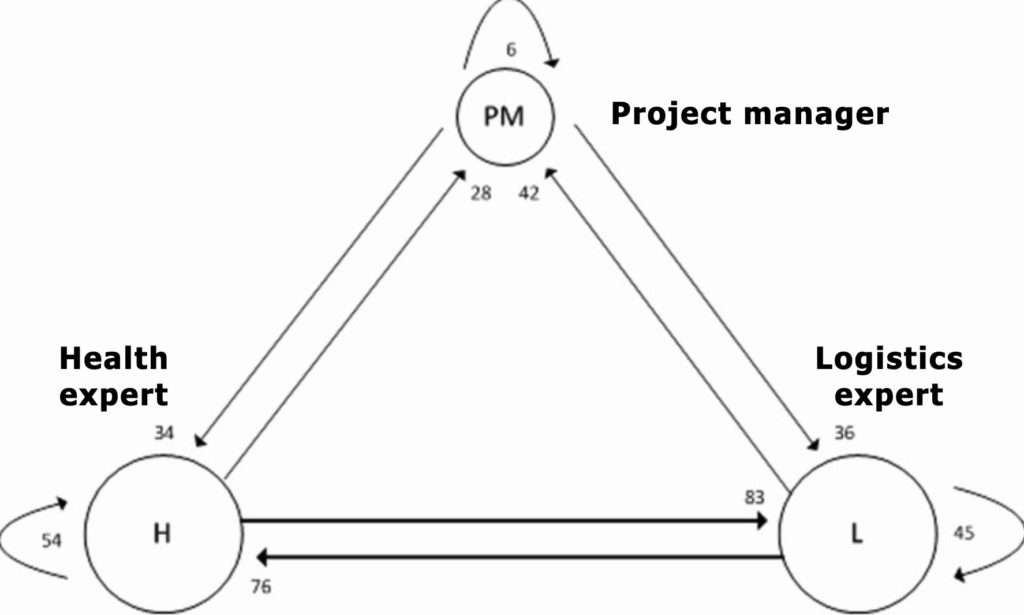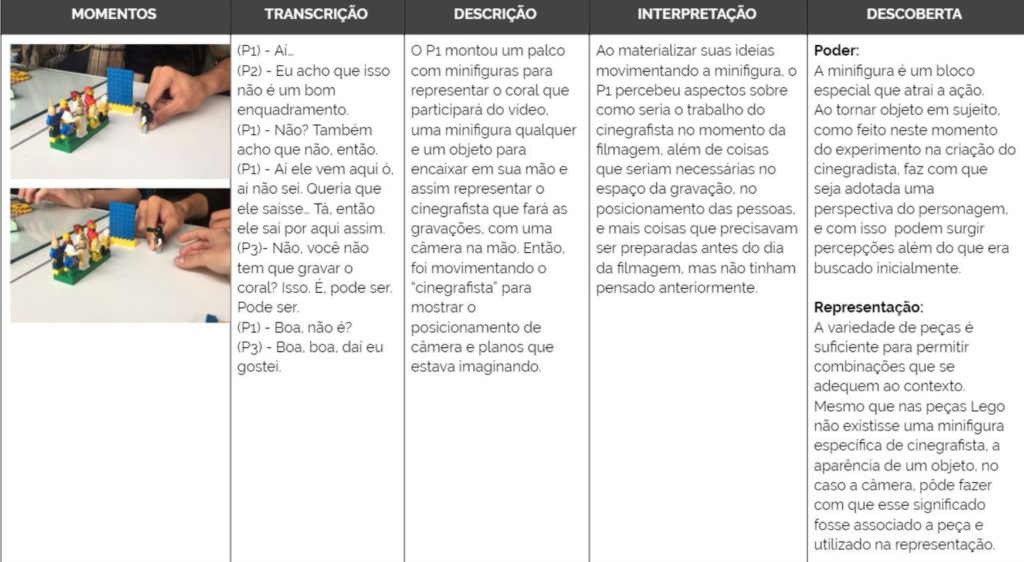Interaction analysis, as proposed by Jordan & Henderson (1995), is a research method rooted in the accumulated experiences of researchers at the Xerox PARC center and other places. This approach draws on various qualitative methodologies, including visual anthropology, conversational analysis, and ethnomethodology. It focuses on examining how individuals interact within their social and cultural contexts, using detailed observation and analysis of these interactions to gain insights into the participants’ behaviours, communication patterns, and the meanings they ascribe to their actions. The method emphasizes the importance of understanding human interaction’s nuanced and often subtle dynamics.

Its goals are:
- Describe interactions between people and/or with objects in the environments in which they take place;
- Develop advanced interpretations of commonplace phenomena that few pay attention to;
- Generate insights into emerging phenomena in situations of uncertainty.
The rigor in interaction analysis stems from its meticulous approach to transforming lived experiences into data. This process involves capturing authentic interactions using technical apparatuses like video cameras, which help to materialize researcher bias by providing an objective record of events that can be scrutinized later. Often the video data is fed into another design research method, such as low-tech visualizations. The example below displays how this was done in the Expansive Design thesis.
The method emphasizes the use of multiple data visualizations, such as transcripts, visual maps, and diagrams, to generate robust evidence. Evidence is not merely used to confirm existing theories but is also employed to challenge and refine them, ensuring a dynamic and critical engagement with theoretical frameworks.

Common data analysis practices are:
- Note-taking during and after observations
- Sorting and grouping data fragments
- Reviewing the recordings alone or in a group
- Transcribing speech, gestures, and the state of objects
- Transcript tabulation (organizing in tables/spreadsheets)
- Coding evidence
- Defining a focus of analysis
Due to its flexibility, interaction analysis is a standard method used in workplace ethnography. The everyday work interactions are recorded in audio or video to stand as material for discussion, analysis, and construction of evidence. Video offers the advantage of comparing verbal language with body language and, sometimes, including artifact use in data recordings. Interaction analysis cannot focus solely on the artifact, as it is the interaction between humans that is the material of interest. The process starts with recording the interaction and ends with interpreting interactors’ motivations and meanings. Along the way, there is some eventual transcribing, annotating, coding, and quantification, depending on the theoretical framework adopted. Qualitative Data Analysis tools that support multiple annotation tracks in a video file (e.g. ANVIL, ELAN, or Transana) are quite useful for fine-grained interaction analysis with multiple focus of analaysis.
Common focus of analysis are:
- Event structure
- Temporal or spatial organization of the activity
- Conversation shifts
- Participation structures
- Trouble and recovery
- Artifacts and documents
Qualitative data analysis software can support those practices and focus of analysis. Coding evidence using software may lend to qualitative metrics and graphs, like the following transition graph from a leadership study. The graph represents how many times a speaker’s turn was followed by another speaker’s turn. In this case, the logistics expert manifested leadership-as-practice, differently from the expected leadership-as-role of the project manager.

A wider or longer interaction analysis can be conducted using a simple table with the following columns, to be filled in that same order:
- Selected still frames
- Verbal transcription
- Non-verbal description
- Interaction interpretation
- Findings

The power of video-based interaction analysis comes from the possibility of revising it so many times, as the data is playing again while being discussed by the researchers. It is also possible to include the participants who are featured in the video to interpret and discuss their actions.
I often use video-based interaction analysis in double stimulation experiments and design ethnographies.
References
Zerjav, V., Hartmann, T., & van Amstel, F. M. (2014). A leadership-as-practice perspective on design in architecture, engineering and construction projects: interaction analysis of a collaborative workshop. Engineering Project Organization Journal, 4(4), 1-13. DOI: http://dx.doi.org/10.1080/21573727.2014.970177
Jordan, B., & Henderson, A. (1995). Interaction analysis: Foundations and practice. The journal of the learning sciences, 4(1), 39-103.